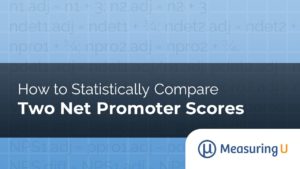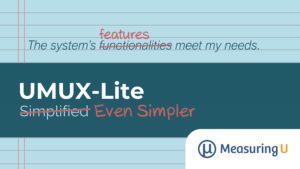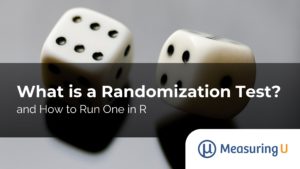
Quant or Qual Research? 27 Words to Help You Decide
When approaching a UX research project, one of the first things to consider is the method. And UX research has many methods. Methods can be categorized as quantitatively focused (e.g., A/B tests) or qualitatively focused (e.g., interviews). Most UX research methods can collect both qualitative and quantitative data. For example, surveys often collect both closed-ended








